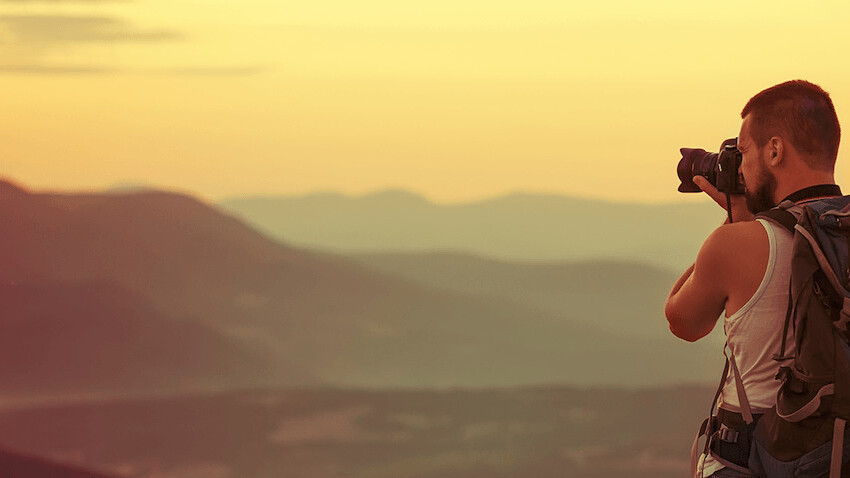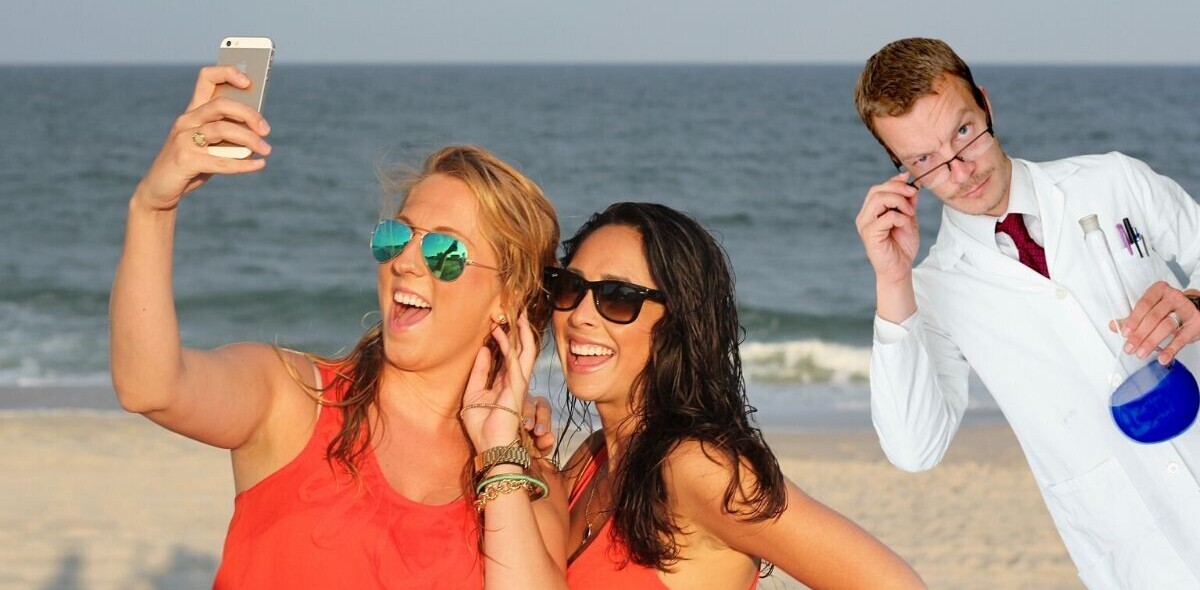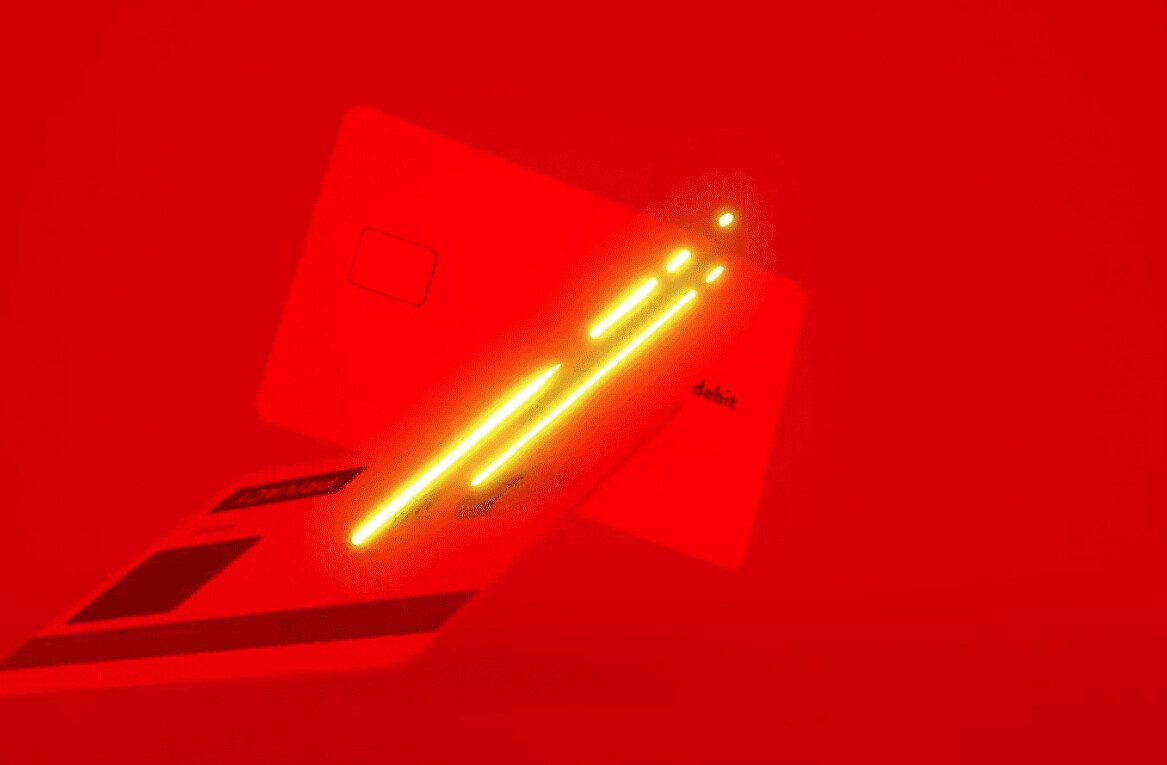
For many of us in the creative field, learning a few tips and tricks in neighboring fields is never a bad thing. No matter if you’re a Web designer, graphic designer, fashion designer, artist, or illustrator, dipping your toes into a neighboring creative field can help you expand your skills, learn something new, and even boost your own career.
If you happen to be in any of the creative fields above (or any creative field, for that matter), it’s likely that you have tinkered a bit with photography. If you haven’t before, I’m sure at some point in your career you will need to. Whether it’s photographing your work or making photography part of your work, it’s something that is bound to come up in your career.
Wouldn’t it be nice to learn a few pro tips in photography so that if and when you need to use it in your work or start photographing your own work, you know how to get pro-quality shots and how to edit them?
I chatted with a couple of pro photographers to get you the best tips for those who are new to photography. These tips can help you out if you want to use photography in your work, want to shoot your own work, make a career out of photography, or even just to better your own personal photography.
Find others who share your passion
It can be difficult to start something new without having help along the way. With photography, you can learn best often from others who recently were beginners as well.
“Don’t let fear or intimidation hold you back from reaching out to the creatives around you. Building friendships in your community will be one of your greatest assets as a photographer. Finding others who share your passions and understand your struggles can make all the difference in your growth as a professional and as an individual.”
– Reagan Carter, Reagan Carter Photography.
Seeking out help from others who are passionate about photography can help you grow better and faster as a photographer than self-learning. Searching out those relationships could mean the difference between a successful photography career or struggling to get started.
Understand and practice using all the settings on your camera
DSLRs come with a slew of settings that can greatly affect the way you not only use your camera but also how your pictures will turn out. All of these settings are available to help you produce the best quality photos.
There are settings that most every camera has, regardless if it is digital or analog. These settings include ISO, shutter speed, and aperture (or f-stop). Learning what the combination of these settings mean for your photographs will help you capture the right shot the way you intended and save you a ton of headaches when you go to start editing your photos.
Other settings, such as shooting in manual mode (or any other mode) and saving pictures in RAW format are pretty common through the professional photography world. Things such as the types of lenses you use will come with time and trying out different techniques.
Photographers have their preferences when it comes to those types of settings, so finding your go-to settings is going to be a result of practice and trial and error.
Try shooting at different angles to change your perspective
It’s common for most people to shoot straight ahead, where the point of view is always the way we see it. We stand outside, raise our camera, and take a picture. To up your photography game, look for interesting angles and new perspectives to give your photos an extra boost.
“Always explore new angles to provide new perspective. Don’t just stand there at eye level with the focal point of the photo in the center. That gets old and boring. Try shooting from the ground up or if you can get up on something to shoot down on your subject.”
– Matt Brown, Founder of 336 Creative
Learn how to properly use common photography editing software
One of the biggest mistakes I made early in learning photography is not taking the time to learn the proper way to use photo editing software such as Lightroom and Photoshop. If you’re looking to produce the highest quality photographs that look like a veteran pro took them, it’s important to learn how to bring your photos from your camera into your photography editing tool of choice.
As stated above, make sure you shoot your photos with the right camera settings (i.e. having the ISO low so grain in your images is reduced) to save you a significant amount of editing later on. Other things to learn include how to adjust exposures, working with levels and contrast settings, and taking out any lens distortions can be learned by reading articles online or going through courses specifically designed to teach you the software.
Get started on your way to learning how to take better photographs
Over on The Next Web Deals, there’s a great deal to help you get started learning all you need to get started on a path toward learning how to take better photographs or even become a pro photographer.
You can learn how to use your camera with DSLR beginner and advance courses; learn the ins and outs of different types of photography such as wedding, night, black and white, and travel photography; and master Adobe Lightroom and Photoshop where it comes to photo-editing.
You can get the Adobe KnowHow All-Inclusive Photography bundle that includes 14 different courses with over 65 hours of training that can help you up your photography game and even jumpstart your career toward becoming a professional photographer. The Next Web Deals is offering this deal for $69, that’s 93 percent off the original $1,033!
With the pro tips above paired with the photography bundle, you can get closer to your goal of taking better photographs or even becoming a professional photographer.
Get the TNW newsletter
Get the most important tech news in your inbox each week.






